I won't lie - I was very nervous about it, but the Nikon1 turned out to be very impressive. It takes beautiful images during the day, inside and outside, and at night. Another fun feature is the video (though I haven't played around much with that) - you can actually take HD video while taking still shots (I need to test this with fireworks - that would be amazing if I could videotape and photograph fireworks at the same time).
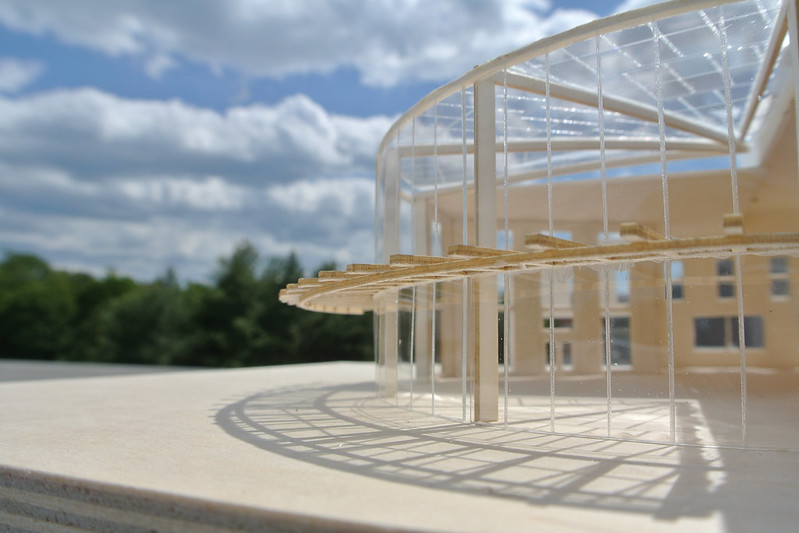
Now, what I absolutely love about the camera is the continuous shooting. In the "Smart Snapshot" mode, it continuously takes pictures so that you don't miss anything - which allows you to get awesome moments like this.

I also found that the continuous shooting mode worked great for fireworks. It allowed me to choose the biggest, brightest explosions.
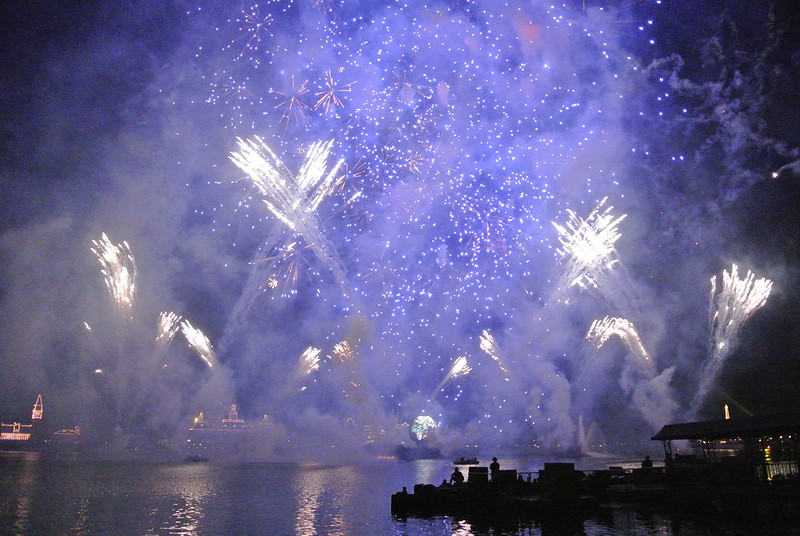
Fireworks pictures are something that I've always struggled with in the past. It's difficult to get good fireworks photos on a point-and-shoot because with most point-and-shoot cameras, the flash isn't very adjustable. You turn the flash on, and it takes away the brightness of the fireworks. Turn the flash off, and you better have one super steady hand with quick reaction time. With the Nikon1, the ISO is widely adjustable (up to 3200, with additional Hi ISO setting), allowing for bright colors contrasting against the sky, and continuous shooting gives you a little wiggle room, also working to minimize your need for a tripod or ridiculously steady hand.
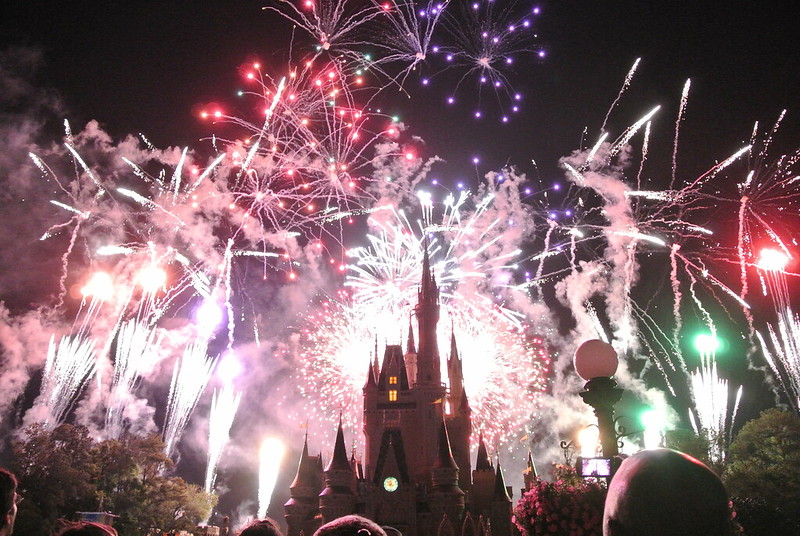
The Nikon1 also takes really great pictures in low light, another area that I've typically struggled with when deciding whether or not to use flash (I'm not a big fan of flash, and I've rarely had to use it with the Nikon 1).
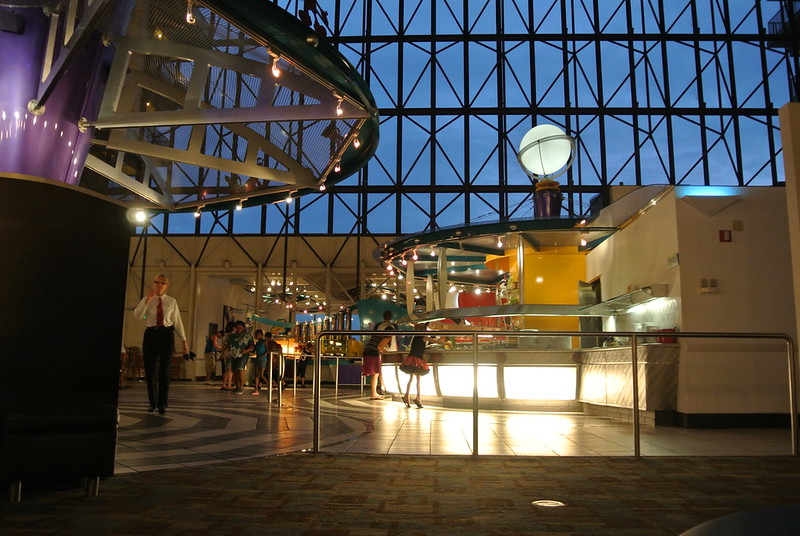
Battery life on the camera is good. Doing full 12+ hour days at the parks with heavy camera use, my camera only died on me once, and that was the first day at Epcot (during the fireworks - grr... good thing I always travel with back-up!). I think it's because we were looking through photos to entertain ourselves. Every day after that, I didn't allow people to spend excessive amounts of time looking through pictures on the camera, and my battery life was fine, ending the day with 2, sometimes 3 (out of 3) battery bars left.
Overall, I've really enjoyed the Nikon1 J1, and I'm happy with my purchase. However, there are a few drawbacks/things that take getting used to with this camera.
There is no viewfinder. You're looking at a screen, just like you are with a point-and-shoot. So far, I've had no problems seeing the screen, and I feel like the Florida sun was the perfect test to that. However, there are some times when you just want a viewfinder. For the most part, I am fine with just the screen... when reducing bulkiness, they had to cut somewhere, and I guess eliminating the viewfinder was essential to minimizing the size of the camera. (The slightly larger Nikon1 V1 has a viewfinder.)
The camera body is small and lightweight, but the lenses add mass and weight. The lenses are heavy, and you want to be super careful with them, of course, because they're expensive. The cost of one lens is the same price as a good point-and-shoot camera. While the camera is significantly smaller than a DSLR, it's not nearly as small as today's point-and-shoot because you still have to allow space for the lens.
I love how the camera case is small and lightweight and attaches to the camera. However, it doesn't have any pockets. I would have appreciated a small, flat pocket in the back of the case which could store an extra memory card or a little bit of cash. The case also is meant for the 10-30mm lens. I attempted to fit my camera in the case with the 30-110mm lens, but it was too large. So, if you want to switch back and forth between lenses, you're going to need another bag.
All in all, I think this will continue to be a great camera for travel and study abroad. I am very pleased with my purchase - it was the hybrid camera I had been waiting for!
If you have any specific questions about the Nikon 1 J1, feel free to ask in the comments, or contact me!
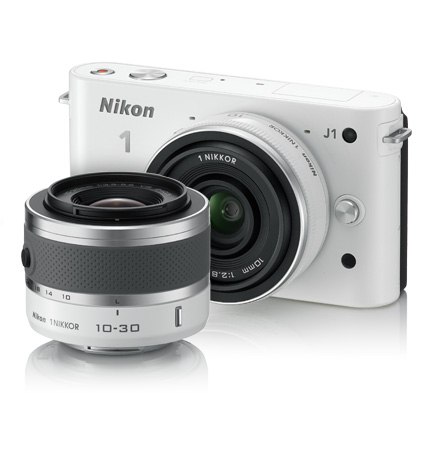
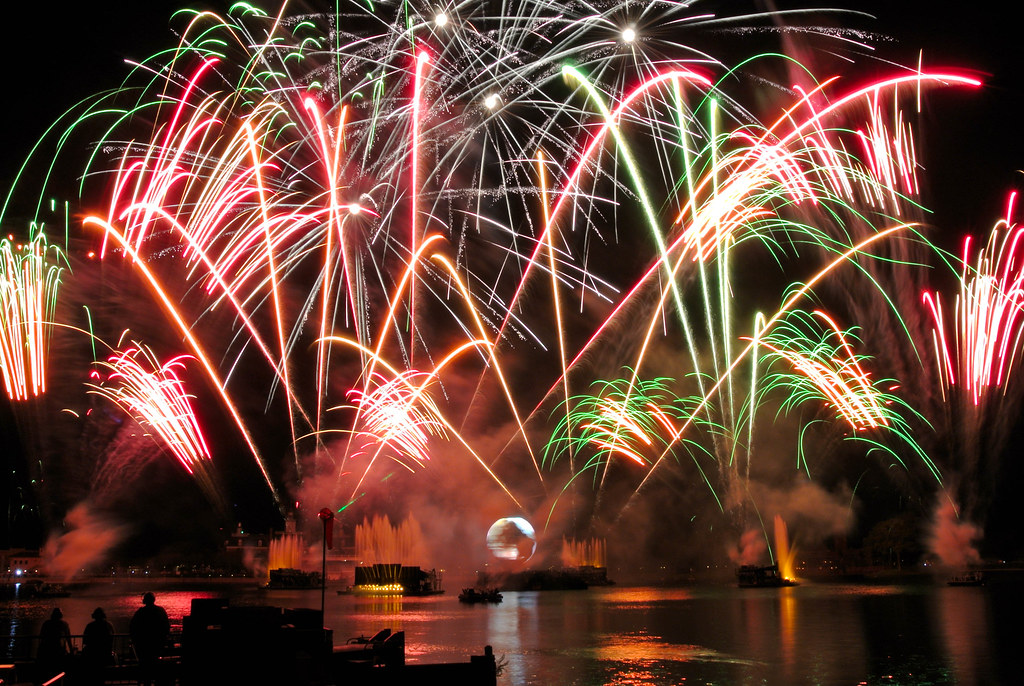

No comments:
Post a Comment